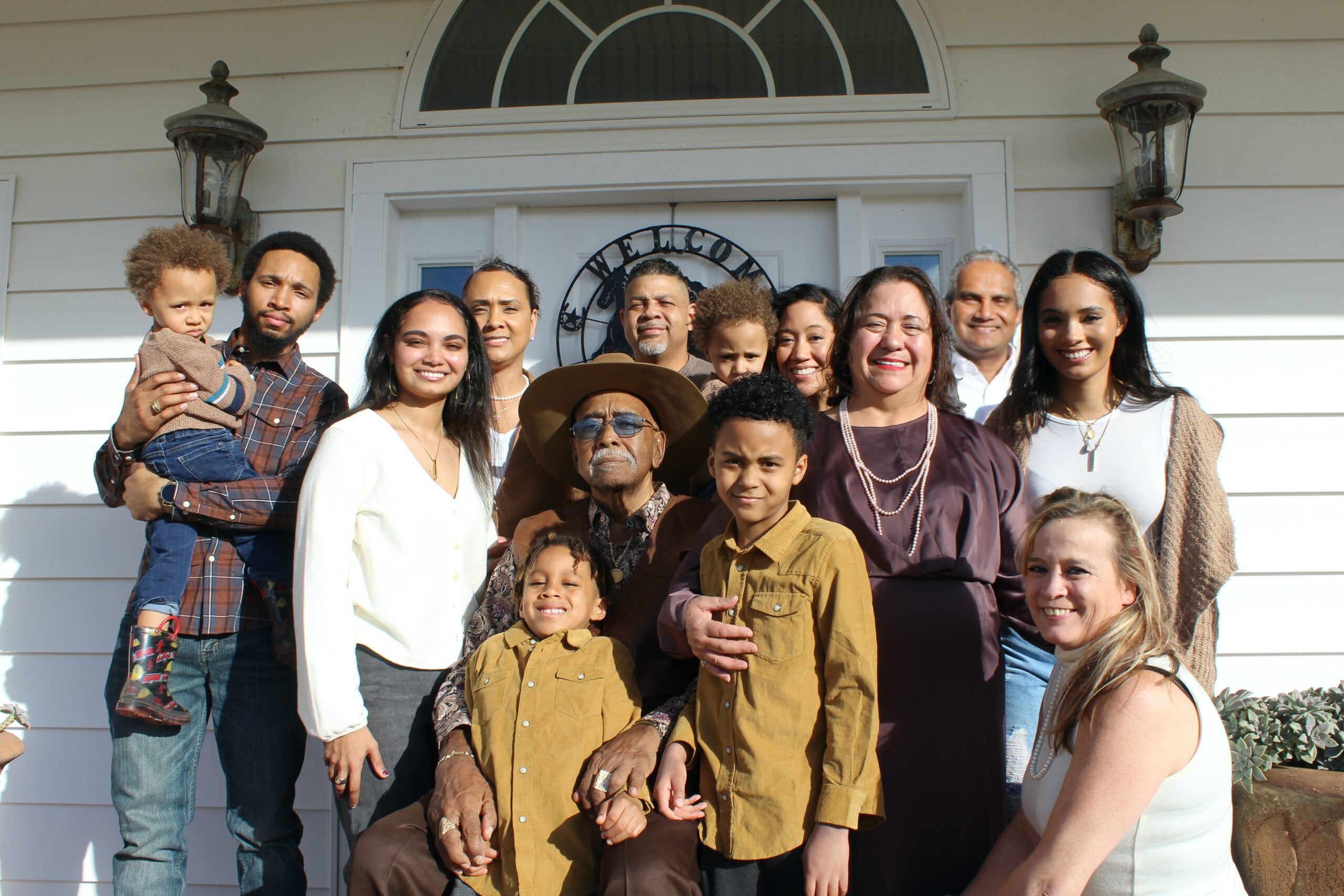-
TRIBE AFFILIATION
Yamasee/Seminole/Taino
-
SURNAME HERITAGE
England

Civil History, Family Crest & Coats of Arms
The history of the Civil family name begins after the Norman Conquest of 1066. They lived in Yorkshire. Their name, however, is a reference to Saville, in Anjou, France, the family’s place of residence prior to the Norman Conquest of England in 1066. 1
Roger and Gerard de Sevele or Savale occur in the Norman Exchequer Rolls of 1180-95. 2
Early Origins of the Civil family
The surname Civil was first found in Yorkshire where “the family of Savile was one of the most illustrious in the West Riding. Some writers have fancifully ascribed to it an Italian origin, but it probably had its rise at Silkston, in this county.” 3
More specifically, many of the family held estates at Morley, a township and ecclesiastical district, in the parish of Batley, union of Dewsbury. In the war during the reign of Charles I., Howley Hall, here, for eighteen generations the seat of the Saville family, was garrisoned for the parliament; and the church of the ancient parish of Morley was let on lease by Saville, Earl of Sussex, to the Presbyterian party for 500 years: the building is still in possession of trustees as an Independent meetinghouse, forming a solitary exception to the general restitution which took place at the Restoration.” 4
Stainland in the West Riding of Yorkshire was an ancient family seat. “Bradley Hall, here, the seat of the ancestors of the Earl of Mexborough, which was burnt down in 1629, and subsequently rebuilt, is now a farmhouse.” 4
Thornhill, again in the West Riding was home to a branch of the family. “This place was the seat of the Thornhill family, for many generations proprietors of the manor, which was conveyed by marriage in 1404 to the Savilles, from whom the estate descended to the second son of Sir George Saville’s sister: that lady had been married to Richard, Earl of Scarborough, ancestor of the present owner. The church is an ancient and venerable structure, chiefly in the early English style, with a square embattled tower: on the south side of the chancel is a chapel containing numerous monuments to the Saville family, one of which, entirely of oak, has the effigies of Sir John Saville and his two wives.” 4


